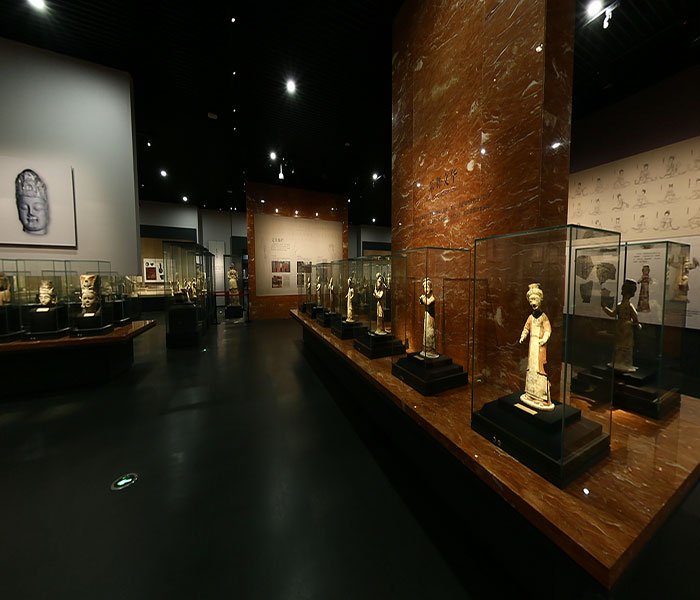In today's era of rapid technological development, glass is not only a basic material for buildings and homes but also an indispensable component of high-end technology products. The display market and the optical instrument industry, in particular, have become increasingly demanding in terms of glass performance. Although traditional transparent glass provides a good visualisation interface, in many high-end application scenarios, its deformability and light reflection defects greatly limit its scope of application. Therefore, the development of anti-deformation and low-reflection glass is particularly important, which significantly improves the light transmittance, strength and durability of the material through advanced technological means, and opens up new paths for the development of modern technology.
The manufacture of distortion-resistant, low-reflective glass involves complex processes and the use of high-tech materials. This glass usually consists of a multi-layer structure, including a core glass layer and a special coating that covers the outer layers. The core glass layer is made of high-density, high-purity silicate glass, which is melted and moulded at high temperatures to ensure the strength and transparency of the base. In addition, special heat treatment processes such as chemical vapour deposition or physical vapour deposition are used to coat its surface with anti-reflective and anti-deformation micro-layers. These micro-layers not only reduce the reflection of light but also enhance the abrasion resistance and hardness of the glass surface.
In terms of optical properties, the greatest achievement of anti-deformation low-reflection glass is its extremely low reflectivity. This is due to the low-reflection coating on the outer layer, which precisely controls the refraction and reflection of light and thus drastically reduces light reflection losses. For example, by coating the glass with a layer of magnesium fluoride or indium tin oxide with a specific refractive index, the reflectance of visible light can be reduced to less than 2 per cent, allowing the glass to remain highly transparent under all lighting conditions.

Resistance to deformation is another compelling property of this type of speciality glass. By introducing specific stress distributions into the microstructure of the glass, developers can significantly increase the glass' resistance to deformation. Specifically, this typically involves a process called ion exchange, whereby sodium ions in the glass are replaced with larger potassium ions, creating a compressive stress layer on the surface that makes the glass more difficult to deform when subjected to external forces. This is particularly important in application scenarios where high precision and long-term stability are required.
Environmental resilience is also a key indicator of the performance of deformation-resistant, low-reflective glass. The material is designed and manufactured with a variety of environmental factors in mind, including temperature variations, humidity, and UV exposure, ensuring stable performance even under conditions. For example, certain anti-reflective coatings are effective in blocking UV rays in addition to reducing light reflection and protecting devices underneath the glass from UV damage.
Continued innovation in anti-deformation, low-reflective glass technology is not only driving advances in display technology but is also improving a wide range of devices in our daily lives. From advanced smartphone screens to sophisticated medical devices to the aerospace and automotive industries, the applications for this advanced glass are expanding rapidly. In the future, with advances in nanotechnology and materials science, the performance of anti-deformation low-reflection glass will be further optimised and its impact on life will be even more profound.
In conclusion, anti-deformation low-reflection glass represents the fusion of cutting-edge technologies in the fields of materials science and optical engineering, and its appearance not only enhances the performance of industrial products but also greatly enriches our visual experience. With the continuous maturity and popularisation of this technology, we can look forward to a clearer and brighter future.





